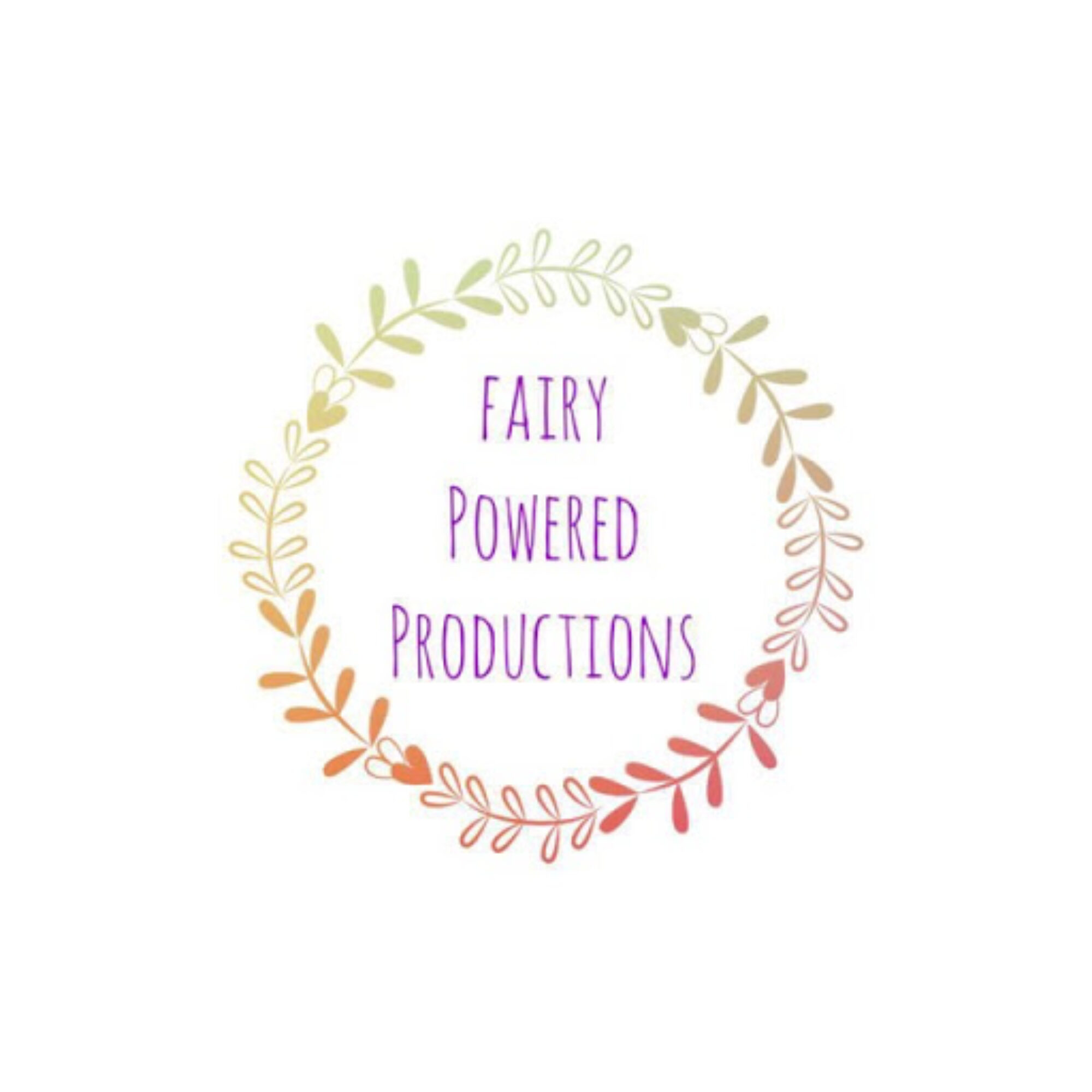York Theatre Royal 1st November 2018.
Reviewed by Michelle Richardson
4****
York Theatre Royal was packed out for Phoenix Dance Theatre’s performance of Windrush, which followed two short dances.
Maybe Yes Maybe, Maybe No Maybe, choregraphed by Aletta Collins, sees five dancers fighting over a central microphone just dangling in the centre of the stage. The dancers vie for the use to amplify their own little nuance and sound, almost like children striving for attention. A playful piece showcasing the dexterity, strength and versatility of the dancers.
Shadows, choregraphed by Christopher Bruce, is a lot more sombre affair, following a family of four. Sitting around a table we see their relationship and sense of sadness, each revealing their inner turmoil.
Seventy years ago, the British government encouraged mass immigration from within the Commonwealth in order to fill the labour gaps after the losses during WWII. Empire Windrush carried hundreds of Afro-Caribbean, mostly Jamaican, migrants to the UK and were the first of the Windrush Generation. Expecting to be treated with respect, good jobs and wages, nothing could be further from the truth. Faced with racism and hostility Windrush is still hitting the headlines today.
Choregraphed by Sharon Watson, Phoenix Dance Theatre’s Windrush is set firstly at the docks in the Caribbean. It’s vibrant with all the colour and the buzz of hope with the promise of a better life. In contrast to this though we have great sorrow of the loved ones left behind. On reaching Britain, it’s cold and dreary. The men are spurned by women in white masks, wearing aprons and head scarves. Washing lines are erected with underwear pegged out, spelling no blacks, no dogs, no Irish. All the while “You called and we came” is resonating around the stage, echoing the thoughts of these men lured to the promised land, but enduring rejection and prejudice. There is some acceptance with one woman removing her mask, starting a relationship with one of the migrants. A loved one finally is reunited, following her partner over from the Caribbean. Hope is not lost and there is a future to be had, Britain’s multicultural society.
With a troupe of eleven dancers for all three shows, their fluidity and flexibility, it was at times quite breathe-taking, especially Prentice Whitlow and Vanessa Vince-Pang, who I found totally mesmerizing when she was dancing.
I must admit I am a novice when it comes to contemporary dance and wasn’t sure really what to expect, but I did enjoy the experience. A moving and thought provoking programme
